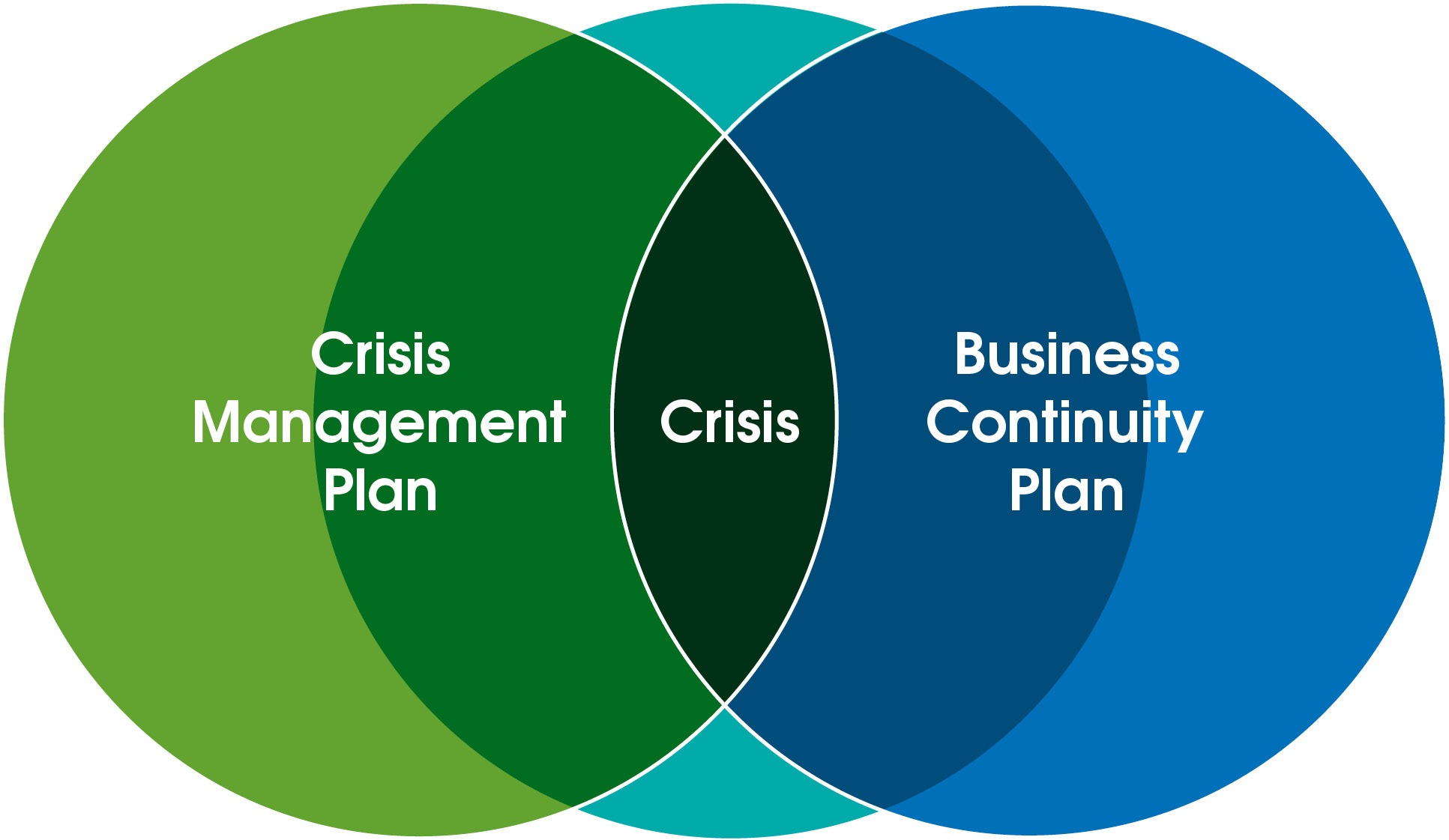Nowadays, with an unpredictable business environment, accidents always happen, whether it is natural disasters, cyberattacks, scandals in the sphere of public relations and in supply chain. The best thing you can do to protect your business as well as to limit its damage and ensure quick recovery is to develop a robust crisis management plan.
In this comprehensive article, we are going to explain how to develop a workable crisis management plan step by step. The end result should have your organization ready to respond decisively and with resilience when it comes to those unexpected challenges that life throws before it.
Understanding the Importance of a Crisis Management Plan
A crisis management plan is a strategic framework that guides your business’s actions before, during, and after a crisis. Its importance lies in:
- Minimizing Impact: Reducing operational, financial, and reputational damage.
- Ensuring Business Continuity: Maintaining critical functions during disruptions.
- Protecting Stakeholders: Safeguarding employees, customers, partners, and investors.
- Enhancing Response Efficiency: Streamlining decision-making and communication.
- Complying with Regulations: Meeting legal and industry requirements for risk management.
Without a plan, businesses risk chaos, slow responses, and greater losses.
Step 1: Conduct a Risk Assessment
Begin by identifying potential crises specific to your business and industry. Consider:
- Natural disasters (floods, earthquakes)
- Technological failures (data breaches, system outages)
- Human factors (employee strikes, accidents)
- Market disruptions (supplier failures, economic downturns)
- Reputational crises (negative media, social media backlash)
Assess the likelihood and potential impact of each risk to prioritize planning efforts.
Step 2: Establish a Crisis Management Team
Form a cross-functional team responsible for crisis response. This team typically includes representatives from:
- Executive leadership
- Communications and public relations
- Operations and logistics
- IT and cybersecurity
- Legal and compliance
- Human resources
Assign clear roles and responsibilities, including a team leader or crisis manager who oversees coordination.
Step 3: Develop Communication Protocols
Effective communication is critical during crises. Establish protocols that detail:
- Internal Communication: How and when the crisis management team, employees, and other internal stakeholders will be informed.
- External Communication: Guidelines for communicating with customers, media, regulators, and the public.
- Spokespersons: Designate trained individuals authorized to speak on behalf of the company.
- Message Templates: Prepare pre-approved statements adaptable to various scenarios.
- Communication Channels: Identify channels such as email, social media, press releases, and hotlines.
Timely, transparent, and consistent communication maintains trust and controls narratives.
Step 4: Create Response Procedures
Outline step-by-step actions to be taken for different crisis types. Procedures should cover:
- Immediate response measures (e.g., evacuation, IT shutdown)
- Incident investigation and assessment
- Resource allocation and support mobilization
- Coordination with emergency services or authorities
- Continuity of critical business functions
- Documentation and reporting
Having clear procedures reduces confusion and accelerates response.
Step 5: Prepare Business Continuity Plans
Ensure your crisis plan integrates with business continuity planning (BCP), which focuses on sustaining essential operations during and after a crisis.
Identify critical processes, key personnel, and backup resources. Develop contingencies such as:
- Remote work capabilities
- Alternative suppliers or facilities
- Data backup and recovery systems
- Emergency financing options
A strong BCP complements crisis management and speeds recovery.
Step 6: Train and Educate Employees
Train all employees on their roles in crisis situations. Conduct regular drills and simulations to practice:
- Evacuation and safety protocols
- Communication procedures
- Use of emergency equipment
- Decision-making under pressure
Training builds confidence, uncovers gaps, and fosters a prepared culture.
Step 7: Test and Update the Plan Regularly
Regular testing through tabletop exercises, mock drills, and scenario analyses ensures the plan’s effectiveness and relevance.
Review and update the plan periodically to incorporate:
- Lessons learned from drills or actual crises
- Changes in business operations or structure
- Emerging risks and technologies
- Feedback from employees and stakeholders
Continuous improvement keeps the plan robust and actionable.
Step 8: Establish Recovery and Post-Crisis Evaluation
Plan for post-crisis activities including:
- Business recovery timelines and milestones
- Support for affected employees and customers
- Reputation repair strategies
- Comprehensive post-incident reviews to identify strengths and weaknesses
- Updating policies and procedures based on findings
Effective recovery planning closes the crisis loop and strengthens resilience.
Common Pitfalls to Avoid
- Lack of Leadership Support: Without executive buy-in, plans may lack resources and authority.
- Poor Communication: Inconsistent or delayed communication damages trust.
- Overcomplicated Plans: Plans should be clear and easy to execute under stress.
- Ignoring Employee Training: Untrained staff undermine plan effectiveness.
- Failing to Adapt: Static plans become obsolete as business and risks evolve.
Awareness of these pitfalls helps ensure a viable crisis management framework.
Leveraging Technology in Crisis Management
Technology enhances crisis preparedness and response:
- Crisis Management Software: Centralizes plans, contact lists, and communication tools.
- Mass Notification Systems: Quickly alert employees and stakeholders.
- Social Media Monitoring: Detect early signs of reputational crises.
- Cloud Solutions: Support remote access to critical information.
- Data Analytics: Inform decision-making with real-time insights.
Adopting suitable technologies improves coordination and speed.
Conclusion
Crisis management should be an elaborate plan to help safeguard your business against any eventuality. Systematic risk evaluation, the formation of specific teams, the development of clear communication and response procedures, the training of employees, and the constant improvement of the plan help companies to go through another incident with fewer losses.
By connecting business continuity and making use of technology, there is added resilience. An organization that is prepared will reduce damages on one hand and will have competitive advantage since it exhibits reliability and responsiveness.
Being more prepared, is a better idea than being sorry. This is why you should invest time and resources in crisis management because it will be investing into the long-term security, and success of your business.


